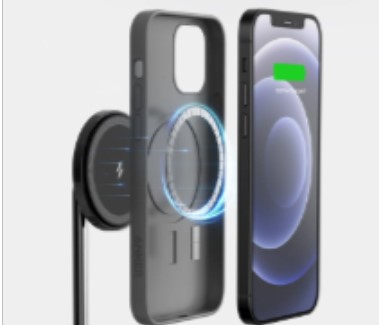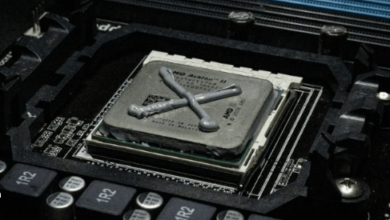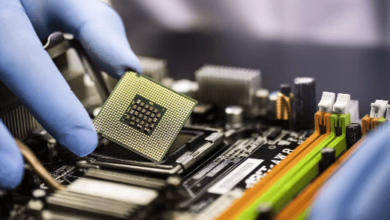The Science Behind Wireless Charging: How It Works

Wireless charging has emerged as one of the most convenient advancements in technology, eliminating the need for cords and plugs that clutter our spaces and restrict mobility. This innovative solution, widely adopted for smartphones, wearables, and even electric vehicles, relies on the principles of electromagnetic induction and resonance. Understanding the science behind wireless charging can help users appreciate its benefits and make informed decisions when choosing wireless chargers.
The Basics of Electromagnetic Induction
At the core of wireless charging lies electromagnetic induction, a phenomenon pioneered by Michael Faraday in the early 1800s. Faraday’s Law of Induction elucidates that any alteration in the magnetic field encircling a closed wire loop triggers the generation of an electric current. This principle is the foundation for how wireless chargers transfer energy from the charging pad to the device.
A wireless charging system consists of two primary components: the transmitter (charging pad) and the receiver (device). The transmitter contains a coil of wire connected to an alternating current (AC) power source. When electricity flows through this coil, it creates an oscillating magnetic field. The receiver, which is built into the device, contains a second coil of wire. When this coil enters the oscillating magnetic field, an electric current is induced, which is then converted back to direct current (DC) to charge the device’s battery.
The Role of Resonance in Wireless Charging
While basic electromagnetic induction works well over short distances, it has limitations in efficiency and range. This is where magnetic resonance enhances the process. Magnetic resonance involves two objects vibrating at the same frequency, allowing energy to be transferred more efficiently between them.
In a resonant wireless charging system, both the transmitter and receiver coils are tuned to resonate at the same frequency. This tuning significantly increases the efficiency of energy transfer, allowing for greater distances between the charging pad and the device. Resonant wireless charging is particularly useful in applications where devices are not perfectly aligned with the charging pad or where multiple devices need to be charged simultaneously.
Qi Standard: The Universal Wireless Charging Solution
The Qi standard, established by the Wireless Power Consortium, stands as the most universally embraced protocol for wireless charging. Chargers and devices bearing the Qi certification guarantee compatibility and safety across diverse brands and models. The Qi standard employs both inductive and resonant charging methods, offering flexibility and efficiency. For instance, when a device is placed directly on a Qi charger, inductive charging is used. If the device is slightly misaligned or placed at a distance, resonant charging can bridge the gap, ensuring continuous power transfer.
Advantages of Wireless Charging
Wireless charging presents numerous benefits compared to conventional wired charging, with convenience being among the most prominent advantages. Users can simply place their devices on a wireless charging station without fumbling with cables. This ease of use is particularly beneficial in public spaces, such as airports and cafes, where multiple device types can be accommodated.
Additionally, wireless charging reduces wear and tear on charging ports. Frequent plugging and unplugging of cables can lead to damage over time. Wireless charging eliminates this issue, potentially extending the lifespan of devices.

Conclusion
Wireless charging is a fascinating blend of physics and engineering, bringing the principles of electromagnetic induction and resonance into everyday use. While it offers unmatched convenience and reduced wear and tear, ongoing advancements are poised to address current challenges, making wireless charging an even more efficient and widespread solution. As the technology continues to evolve, we can expect to see an even broader range of applications and increased adoption in various fields, solidifying its place in the future of charging solutions.





